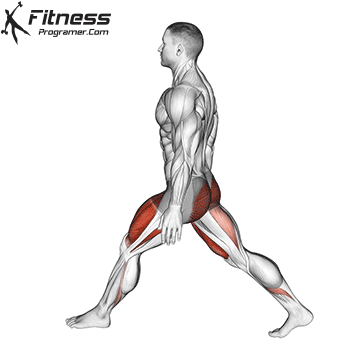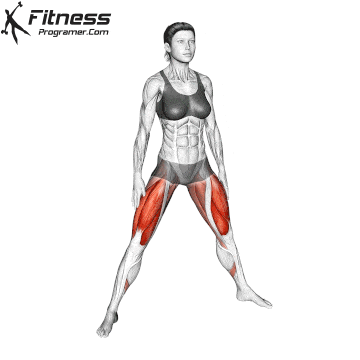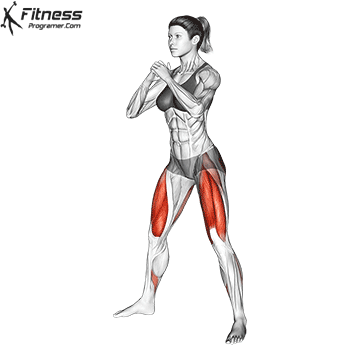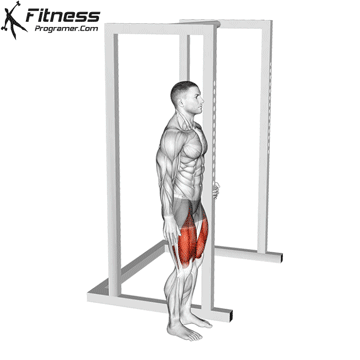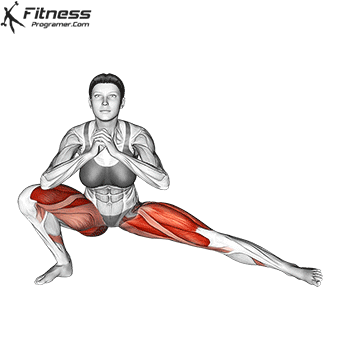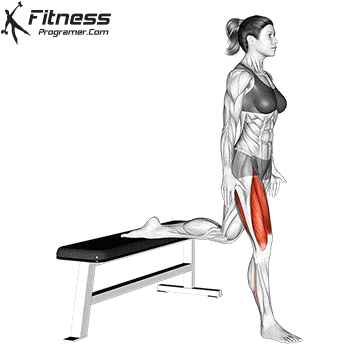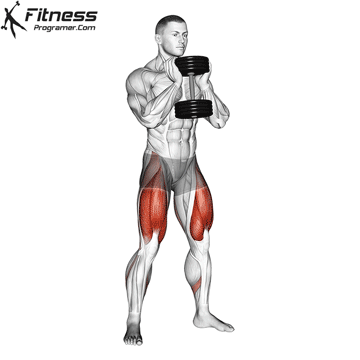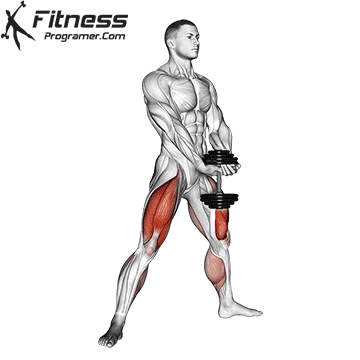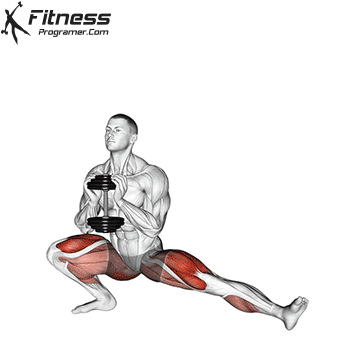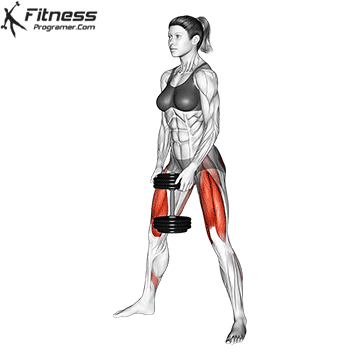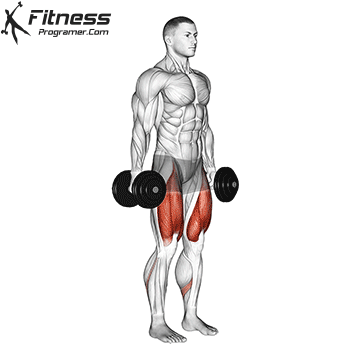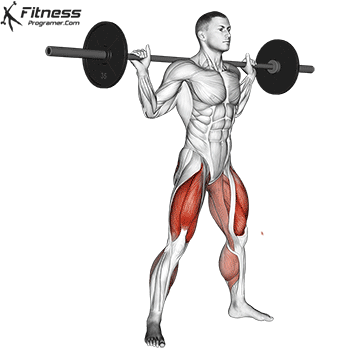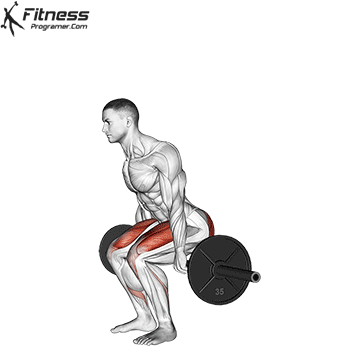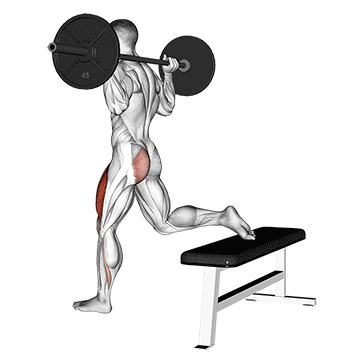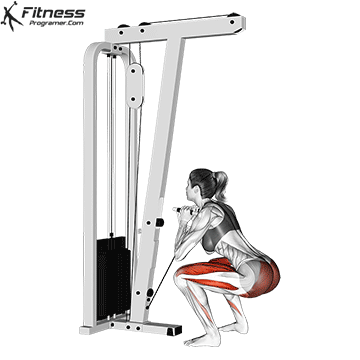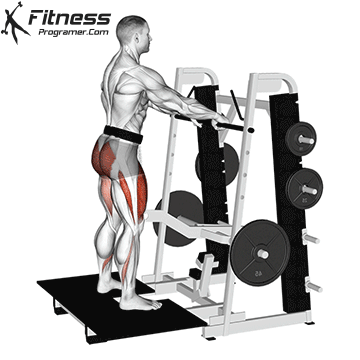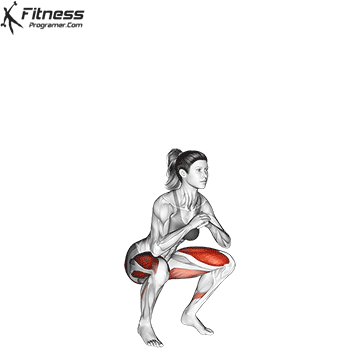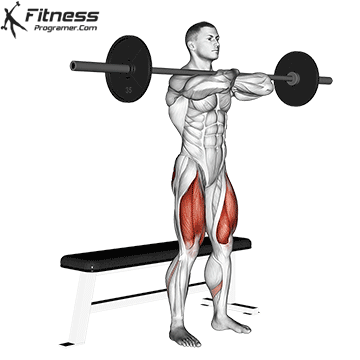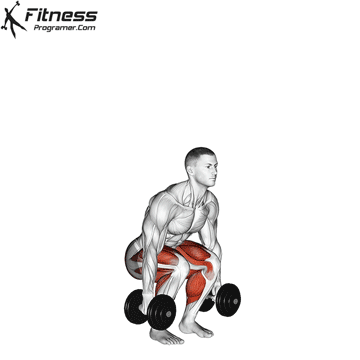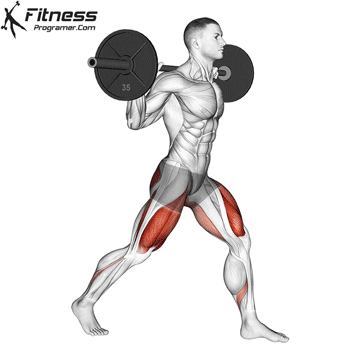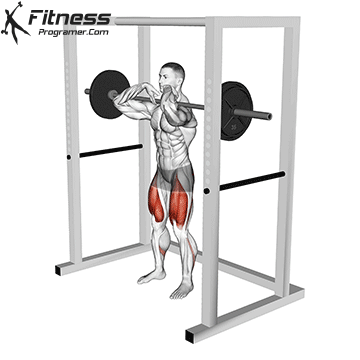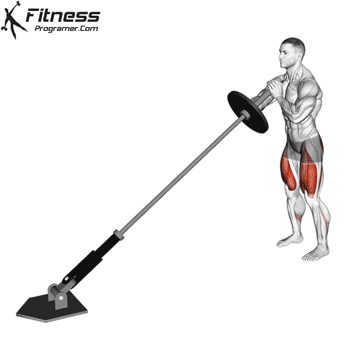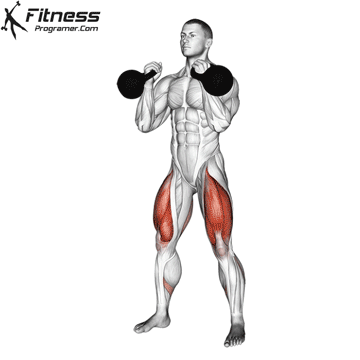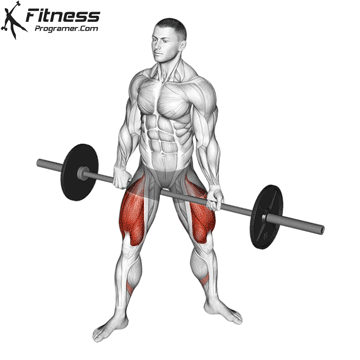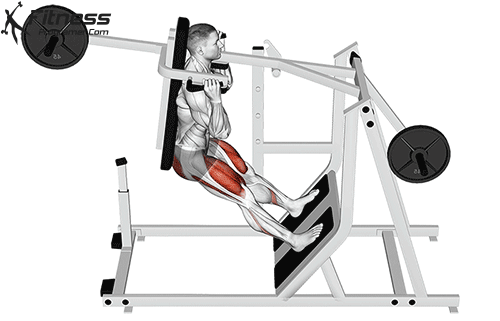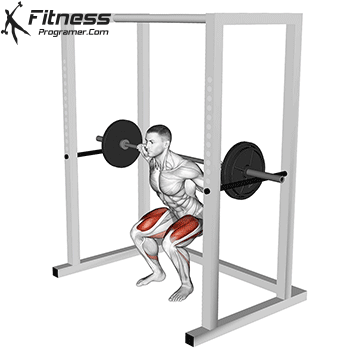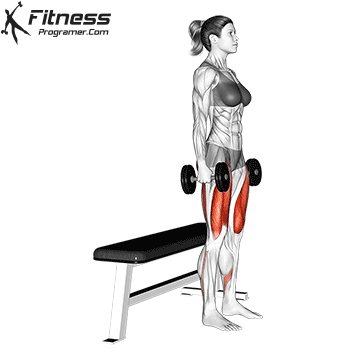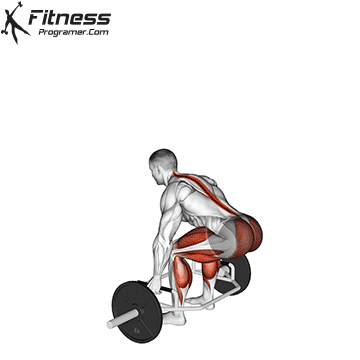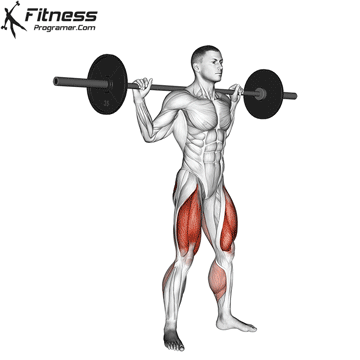Overview
The ATG (Ass to Grass) Split Squat is a deep-range unilateral leg exercise popularized by functional training expert Ben Patrick, also known as the “Knees Over Toes Guy.” The goal is to bring the hamstring of the front leg to the calf while keeping the back leg straight and the heel elevated. This movement trains strength and mobility simultaneously, emphasizing knee and hip flexion while strengthening muscles through a full range of motion.
How to do Perform ATG Split Squat
Setup
Stand in a long split stance with one foot forward and the other extended behind you
Keep your front heel flat on the ground and your back heel elevated, resting on the toes
Execution
Begin the movement by bending both knees, lowering your hips straight down
Allow your front knee to move forward over the toes, keeping the heel grounded
Simultaneously, let the back knee drop downward and backward, feeling a stretch through the hip flexors
Go as deep as your mobility allows while maintaining good posture
Press through your front foot to return to the starting position
Repeat for 8 to 12 reps per leg, maintaining control throughout
Tips for Proper Form
Keep your front heel fully planted throughout the movement
Maintain an upright torso without leaning forward.
Drive the knee forward over the toes to maximize ankle and knee mobility.
Engage your glutes and core to stabilize your hips during the descent.
Keep the rear leg straight to get a good hip flexor stretch and avoid collapsing posture.
Common Mistakes
Not achieving full range by stopping short of hamstring-to-calf contact.
Letting the front heel lift, which compromises balance and power.
Leaning the torso forward, reducing effectiveness and hip flexor stretch.
Allowing the back knee to bend, which reduces the stretch and form integrity.
Neglecting warm-up or mobility work, especially for the hips and ankles.
Benefits of the ATG Split Squat
Enhances Knee and Ankle Mobility: Training in deep knee flexion builds resilient, mobile joints and reduces stiffness over time.
Strengthens the Quads in Deep Range: The front leg works through a full stretch and contraction, targeting the lower quad fibers effectively.
Stretches the Hip Flexors Dynamically: Keeping the back leg straight promotes flexibility and mobility in the hip flexors.
Improves Unilateral Strength and Balance: The split stance forces each leg to work independently, reducing imbalances and improving coordination.
Supports Athletic Performance: The ATG split squat mimics deep lunge positions found in sports, improving deceleration, power, and injury prevention.
Strengthens Knees: Regular training through deep knee flexion strengthens connective tissue and builds resilient knees.
Accessible with Minimal Equipment: It can be performed with just a platform and bodyweight, making it suitable for home or gym use.
How to Incorporate Into Your Routine
- For Beginners: Perform 2 to 3 sets of 6 to 8 reps per leg using bodyweight or light assistance.
- For Hypertrophy: Do 3 to 4 sets of 10 to 12 reps with a light to moderate dumbbell held in a goblet position.
- For Strength: Use 3 to 4 sets of 6 reps with progressive loading, keeping form strict and range full.
- For Functional Training: Integrate 2 to 3 sets into movement-based workouts or athletic prep sessions.
- For Circuit Training: Add 10 reps per side between cardio or core sets to increase intensity.
- For General Fitness: Use as a warm-up or finisher with 12 to 15 reps, focusing on mobility and control.
- For Mobility and Recovery: Do slow, bodyweight reps with full depth and hold the bottom position briefly for stretch.
ATG Split Squat Muscles Worked
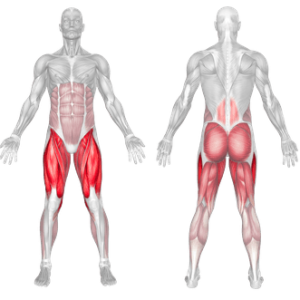
Frequently Asked Questions
Can beginners do the ATG split squat?
Yes, but it’s recommended to start with partial range or support (e.g., using a stick or TRX) until strength and flexibility improve.
Do I need to let the knee go past the toes?
Yes, that is part of the movement. It helps train full knee flexion and mobility when done under control.
Why should the back leg stay straight?
A straight rear leg ensures a hip flexor stretch, spinal alignment, and proper movement pattern.
Is it normal to feel a stretch in the rear thigh?
Yes, especially if your hip flexors are tight. The stretch is part of the benefit of this exercise.

